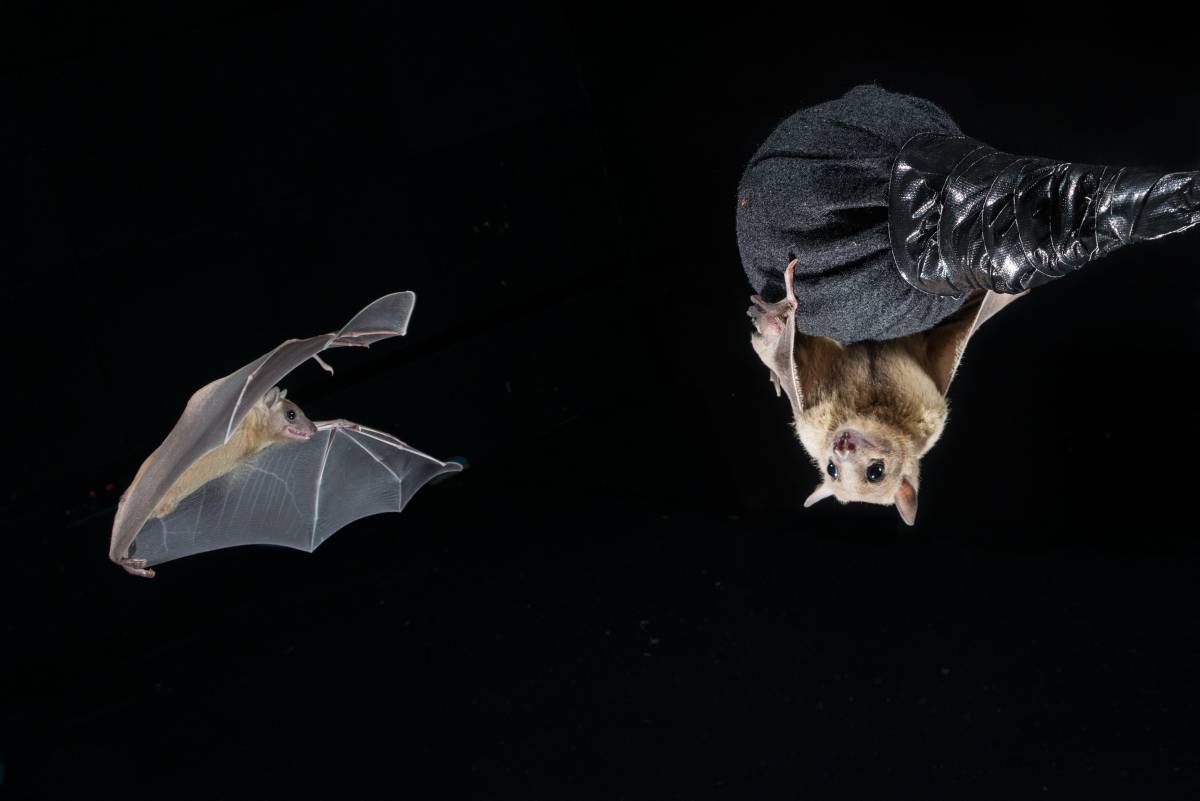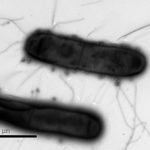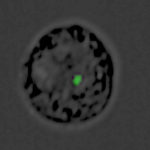
January 12, 2018
New Weizmann research in bats and published in Science has identified ‘social place cells’ in the brain that respond to the locations of others in the spatial environment, revealing a sub-population of neurons that encode the specific location of other bats that are flying nearby.
Whether we are playing a team sport or just strolling with our family through the park, we are continually aware of the positions of those around us – and where each is heading. In recent decades, scientists have pinpointed neurons called ‘place cells’ in our brains that encode our own location in the environment, but how our brains represent the positions of others has been a mystery until now.
“Bats, like humans, are social animals; they are supreme navigators and they are very aware of other bats in their spacial environment,” said Professor Nachum Ulanovsky of the Weizmann Institute’s Neurobiology Department, who led the study.
Ulanovsky’s research with Egyptian fruit bats focuses on the place cells, which are found in a part of the brain called the hippocampus. These cells, which help us and other mammals form the internal cognitive maps that we use to navigate our environment, garnered their discoverers a Nobel Prize in 2014. More recent research has suggested that the hippocampus may also play a role in social interaction. So Ulanovsky and his group, including Dr David Omer, Dr Liora Las and research student Shir Maimon, asked how these two functions, place and social, might intersect in this part of the brain.
Ulanovsky and his team devised an experimental learning situation for the bats in their unique ‘bat lab’ in which two bats – a ‘teacher’ and a ‘student’ – were paired. The student at first observed how the teacher flew randomly towards one of the ‘fruit stands’ placed in the lab and back to his perch. After about 13 seconds, on average, the student tracked the teacher’s route to the food.
To uncover what was taking place within the bats’ brains, each bat was equipped with a miniature wireless recording device called a neural logger and tiny electrodes that enabled the researchers to record the activity of nearly 400 brain cells in the forward region of the hippocampus. These tiny electrodes and recording device, which have been developed by Ulanovsky and his group over the years, do not interfere with the bats’ activities in any way.
“The most challenging part of the experiments was to prevent the two bats from flying off together, as we needed one to stay put so we could differentiate the self- from the other-place cells,” said Ulanovsky.
“The trick was to identify the alpha males of the group and make them the teachers – this then made the students ‘pay respect’ and not fly out together with the teachers.”
The results of these experiments support the idea that our brains create a cognitive map not just of our location in the environment, but one that includes social mapping.
When the student bats navigated the lab space on their own, their place cells were naturally active. But when they stayed still and observed the teacher bats, around 18% of their hippocampus cells represented the position of the other bat – that is, they became active when the teacher flew through a specific portion of space. Further analysis suggested that around half of these cells were acting alternately as regular place cells or as social place cells that located the other bat, while others were responsive only to the other bat’s location.
Motion sensors that tracked the head movement of the student bats showed that these movements could not account for the social place cell activity. Another set of experiments addressed the question of whether the sub-populations of cells the researchers had identified are truly social. The scientists had the student bats observe moving objects – balls or dice — taking the same paths as the teachers had taken in the previous experiments, with and without the rewards at the end. The objects were also represented in the hippocampus, but there was a clear distinction between these and the cells that fired electric pulses in response to other bats. A functional anatomy analysis of these cells showed a spatial separation between areas in the hippocampus that map objects or other animals.
Together with a similar study conducted in rats by scientists at RIKEN, also published today in Science, this research opens the door to some new questions on these social place cells. For example: How do these cells act in “social settings” with many participants? Does their activity depend on the relatedness of the other animal, or their sex?
“These findings suggest that the ‘place’ part of the hippocampus is not just involved in navigating the physical landscape. It plays an important role in navigating the social landscape, as well,” concluded Urlanovsky.
Professor Nachum Ulanovsky’s research is supported by the Andre Deloro Prize; the European Research Council; and Rita and Steven Harowitz.
Bats flying in the darkened lab are identified by blue and red lights. (See the video below to see which bat is which)
Illustration of two bats flying from a perch to a stand with food






